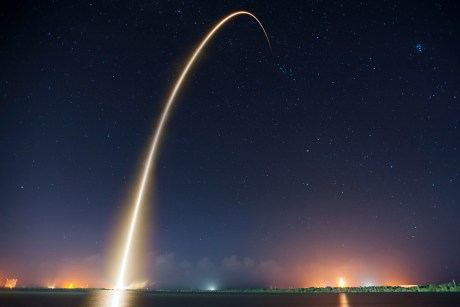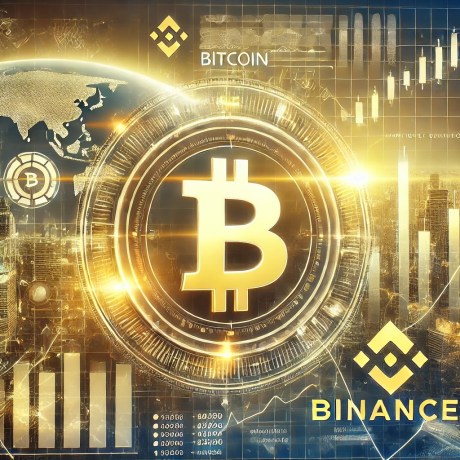This week Orakuru, a leading Binance Smart Chain’s community-verified oracle, made an announcement on its social media channels re-introducing itself as The Orakuru Foundation.
From its inception Orakuru aimed at becoming a genuine DAO governed project. As Orakuru grew the team behind it was able to accurately allocate resources to meet this challenging goal. Re-branding themselves as The Orakuru Foundation is a crucial step on their journey to becoming a full-fledged DAO.
Mainnet and Researcher
The Foundation has a new research team headed by Theo Mourouzis. Mourouzis brings years of experience and deep knowledge to the project. His work is mainly devoted to on-chain cryptography and strongly forms the foundation of Orakuru’s new mainnet, as outlined in their Whitepaper 2.0.
Additionally, the inclusion of price-feeds from lesser-known L1’s (layer one blockchains) in Orakuru’s mainnet is one of the new updates planned out. This is a smart move on their part and lets them attract new, innovative projects from poorly covered L1’s. This will give them a big boost in developing their clients base.
Orakuru views crypto gaming as a market with huge growth potential. Many such games rely on certain mechanisms. Orakuru plans to build VRFs (verifiable random functions) for such games.
Recognizing that on-chain computation and ad-hoc requests are currently in high demand and the oracle is dedicating resources to develop these functions. They recently tested both in a test-net game where players predict the outcome of world events.
DAO 2.0
Ultimately, Orakuru is continuing its path to a full decentralization of the project and at the same time is presenting a new vision for DAO. Let’s take a closer look at this new-and-improved DAO.
Every DAO is overseen by guardians. Orakuru plans to decentralize this power and share it with their community. They propose to leverage their deep talent pool of users to create a community committee. This committee will perform the same functions as guardians do, but the main difference is that it will be decentralized and made up of actual users.
Orakuru also plans to restructure its multi-sig distribution. Their Multi-sigs (multiple signature wallets) currently require five signatures. In the new DAO, they plan to diversify their wallets and make them more specific to certain areas of operations. Also, the DAO treasury will be changed from five to nine signatures.
Along with changes to multi-sig distribution, Orakuru plans to decentralize fund management. Under the new conditions, all users will be able to propose value and have it evaluated by the DAO. Orakuru accomplishes this by changing its mandate for fund distribution to include operations, hiring, and DAO incubation.
Another fundamental change Orakuru is implementing is the creation of a legal structure.
The creation of the structure will be voted on by the DAO itself and will be one of the first decisions that the new DAO will make. Having a legal entity will allow Orakuru to interact with CEX (centralized exchanges), providing possible new liquidity sources. Legal status will also allow Orakuru to build partnerships with key market players, cooperate with universities and NGOs.
Orakuru is moving towards full DAO governance with a supportive community. Developers are working to create the best truly decentralized oracle, not only on the network level but also at the level of management and governorship.
By developing cross-chain full DAO governance oracle systems, smart contracts can get easy access to external information while also serving as a financial medium for prediction markets. The Orakuru Foundation’s establishment potentially marks the start of a positive impact on the way DAOs operate.























